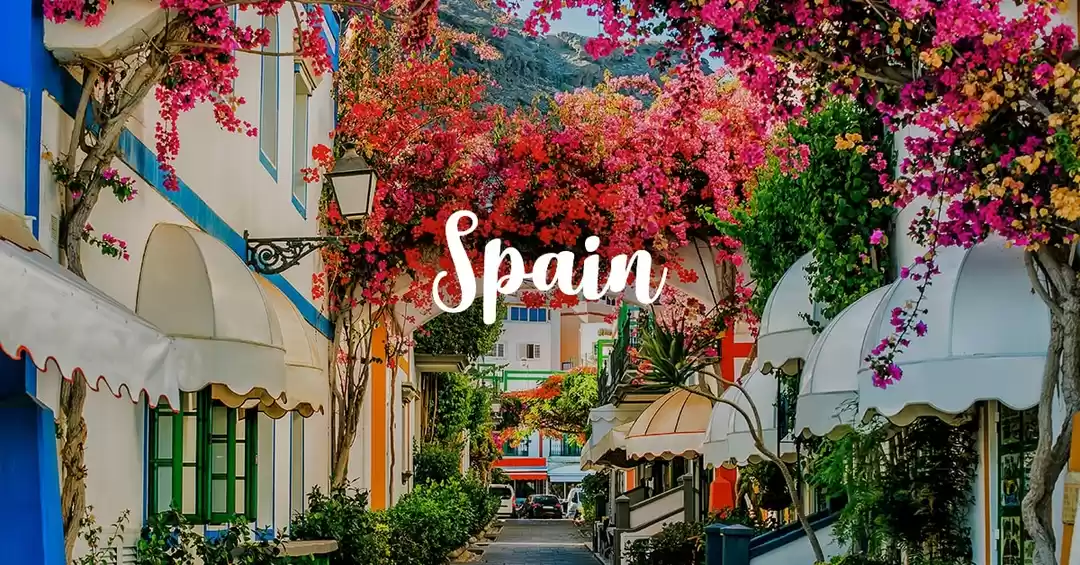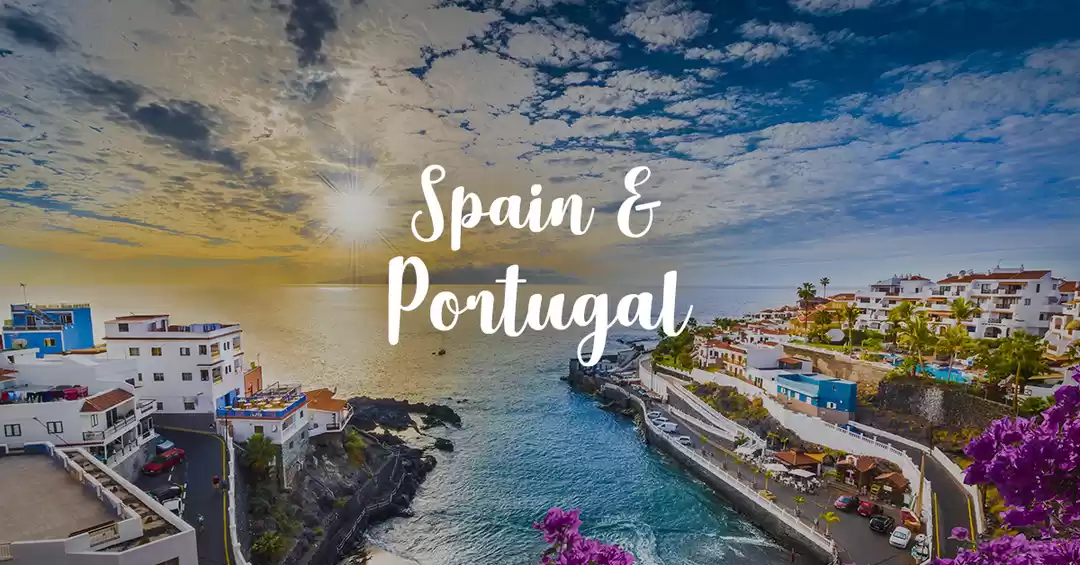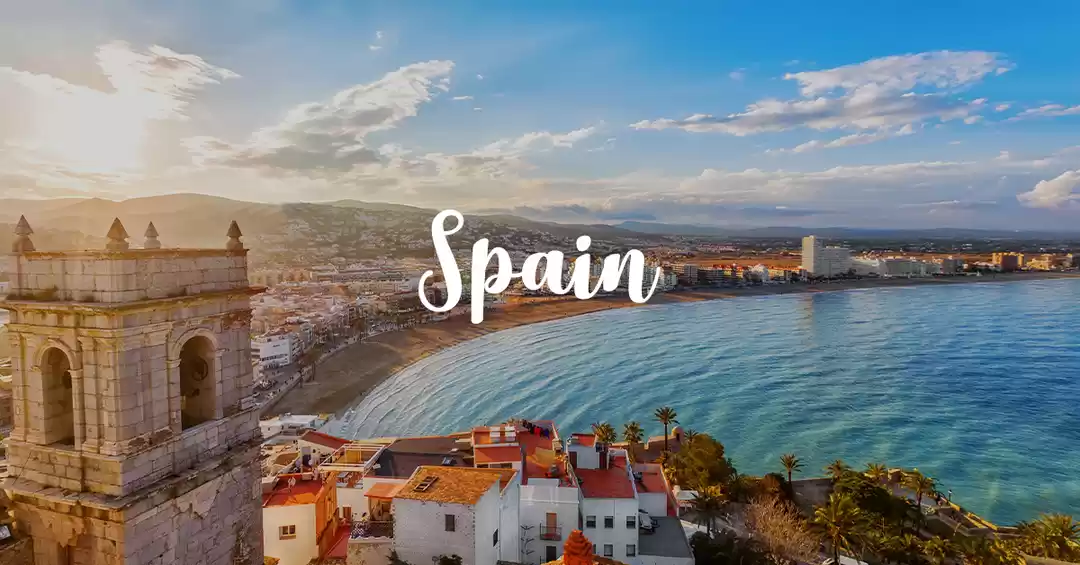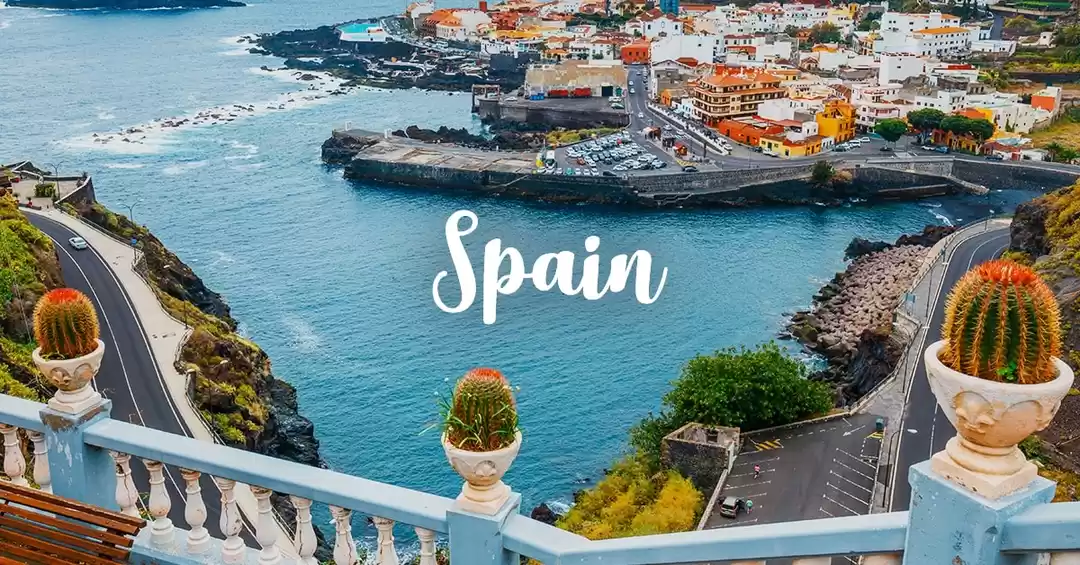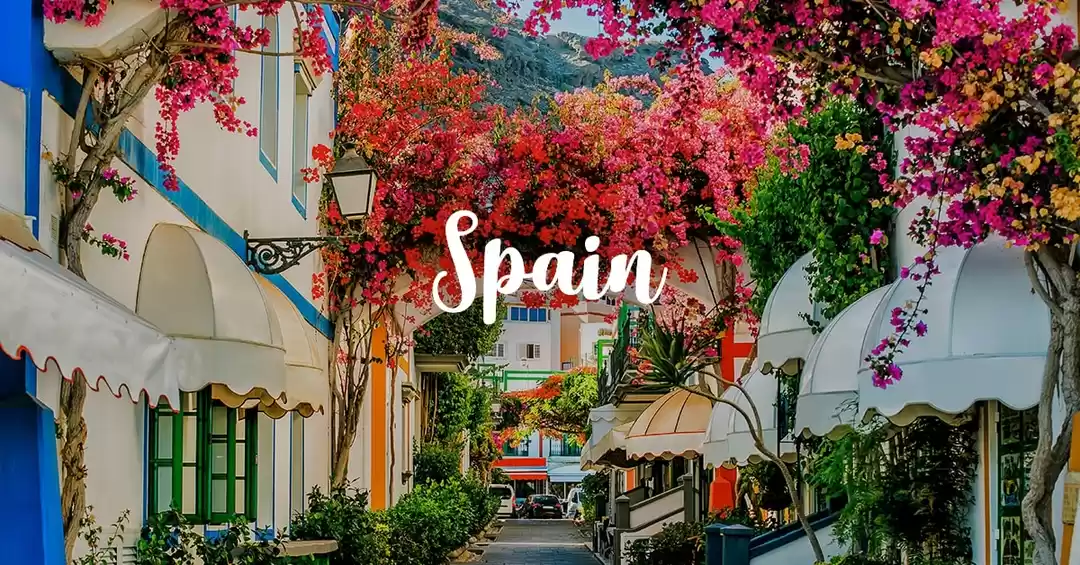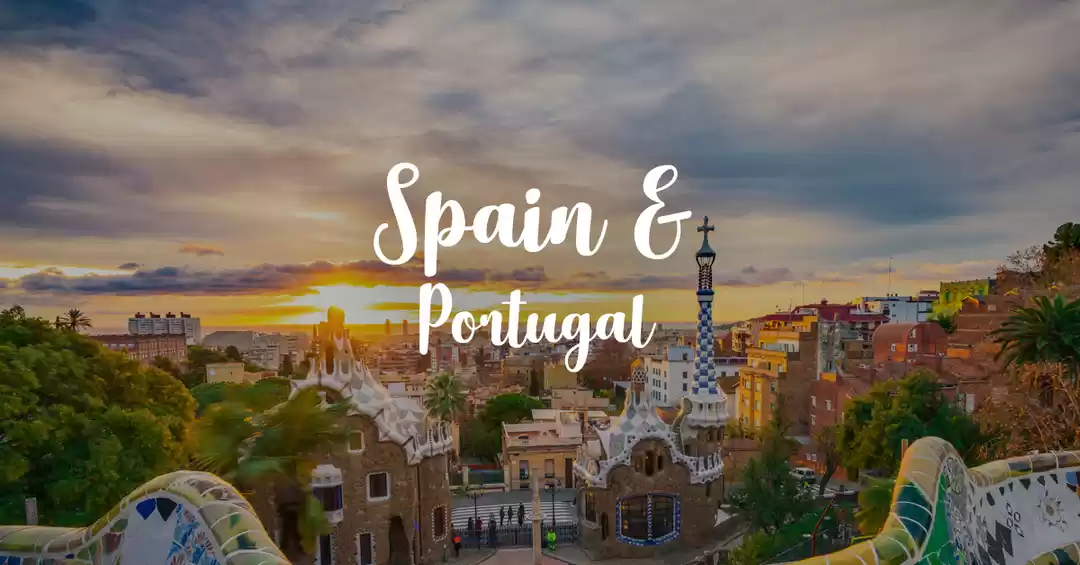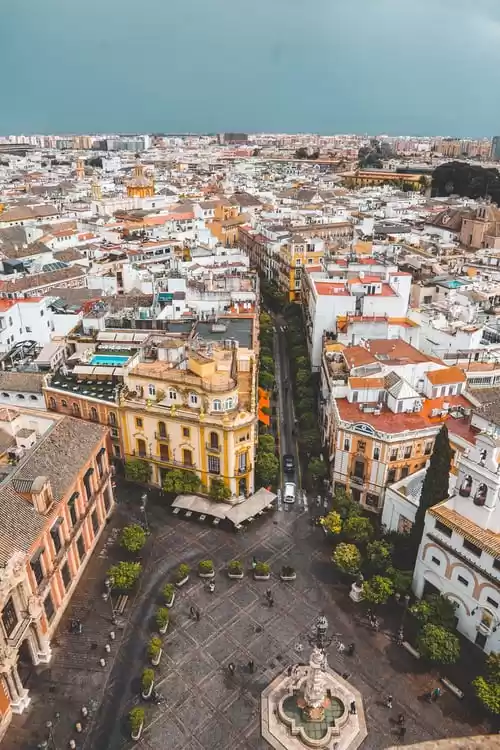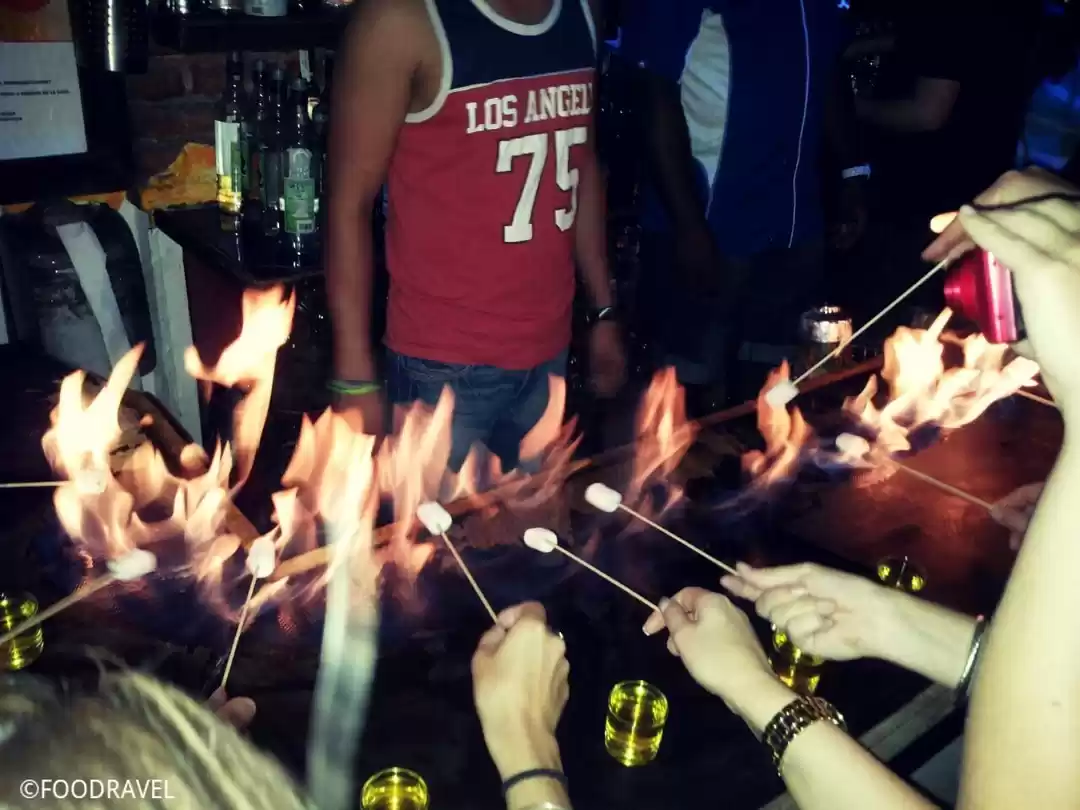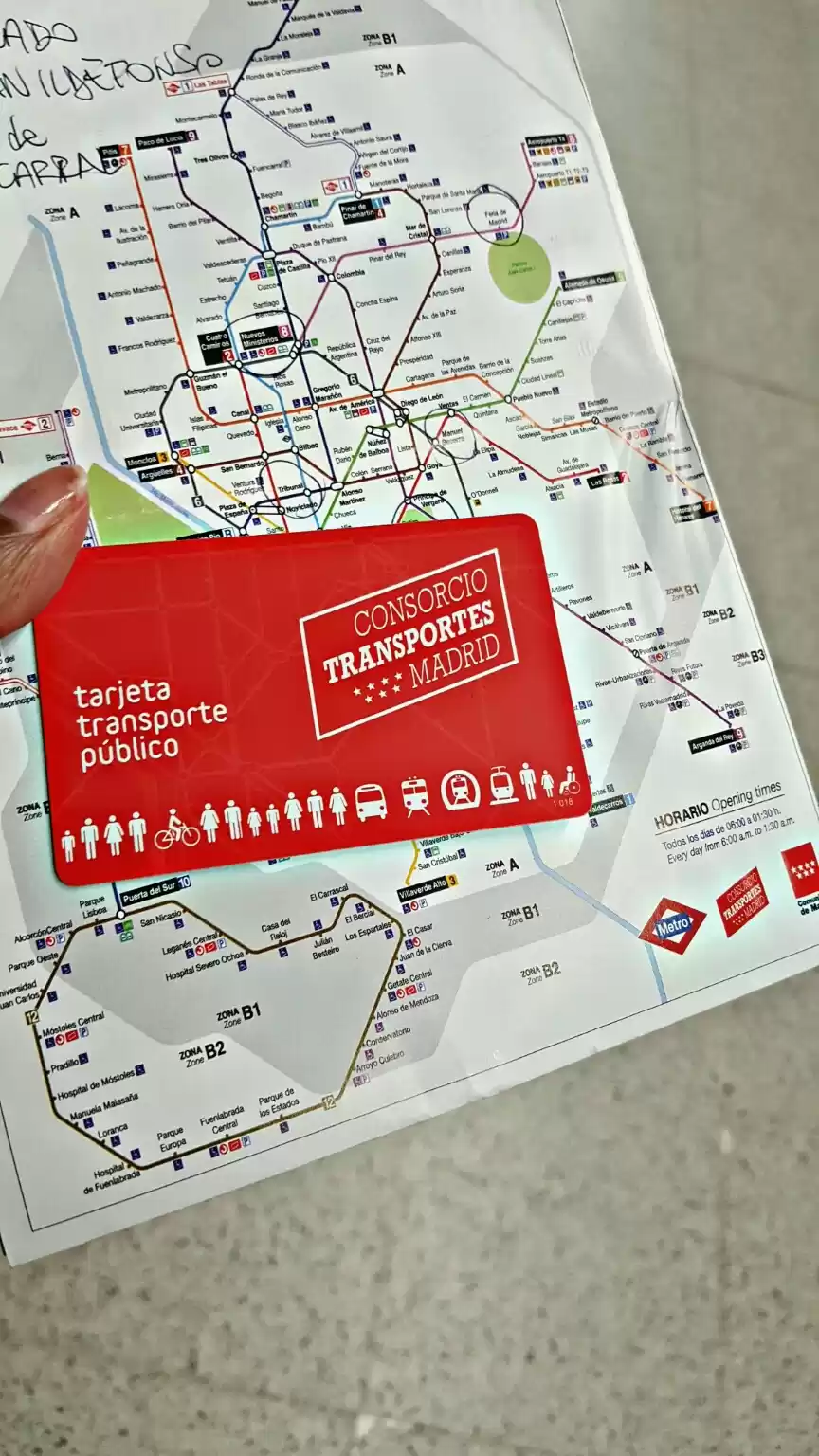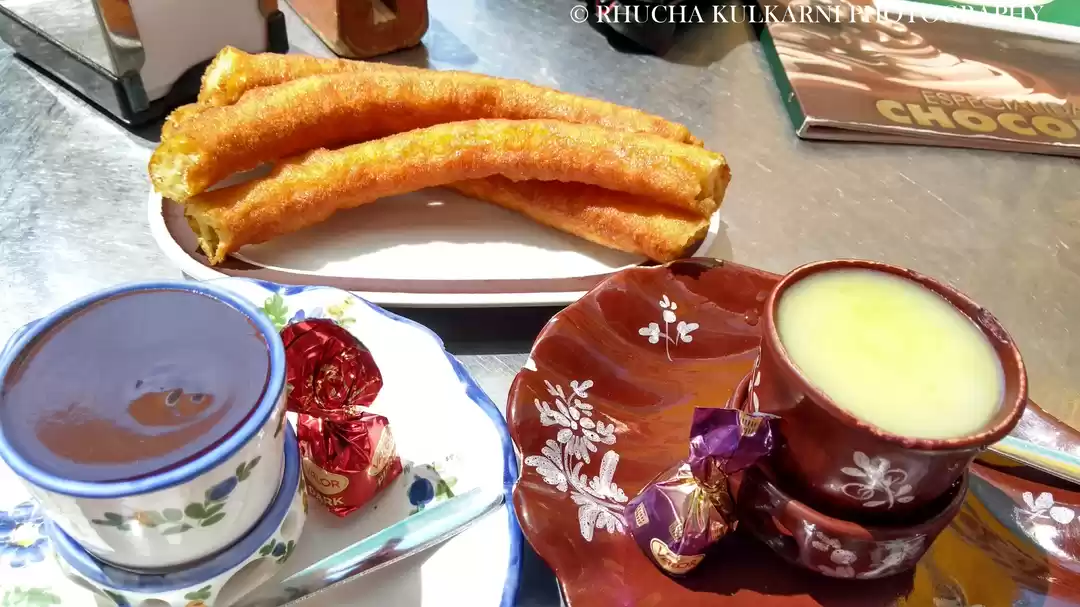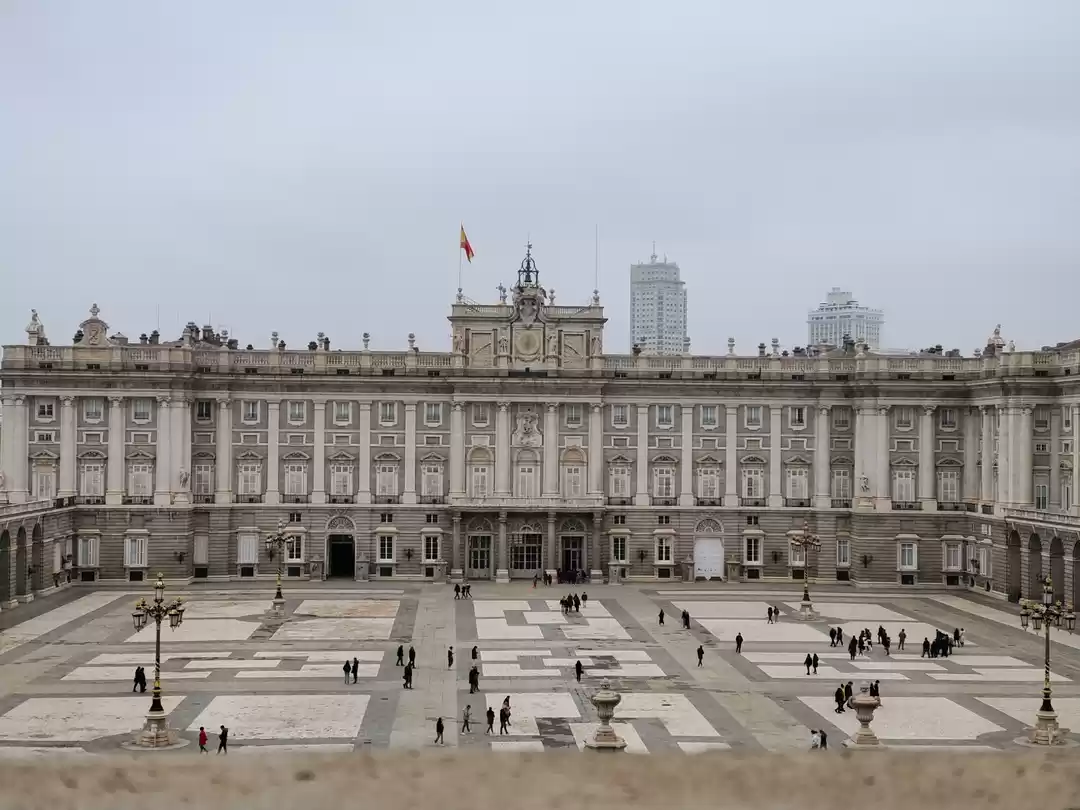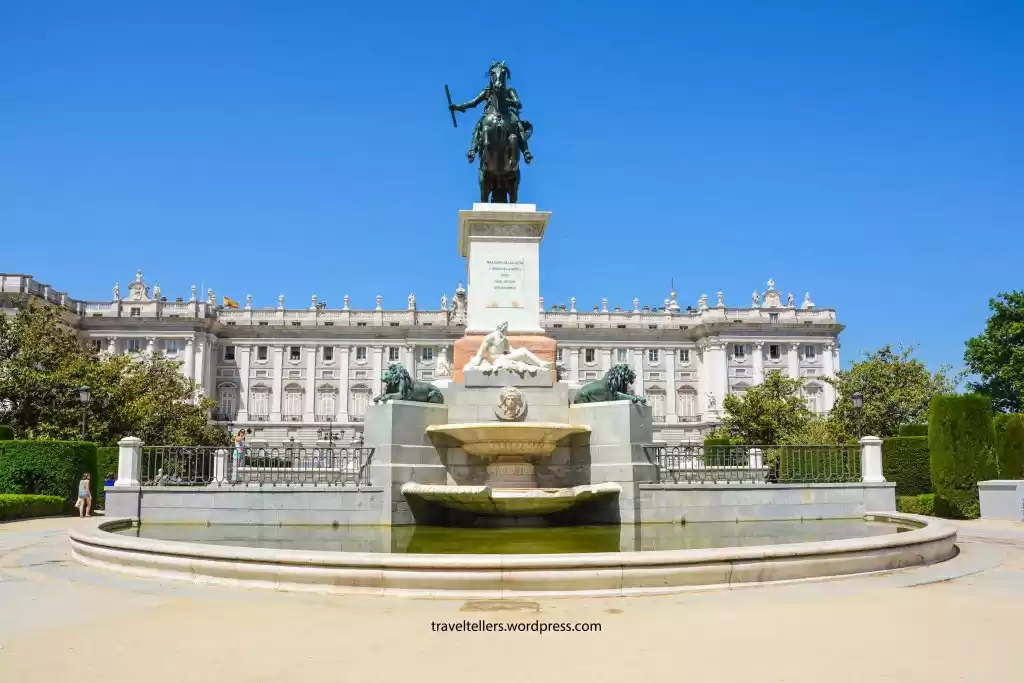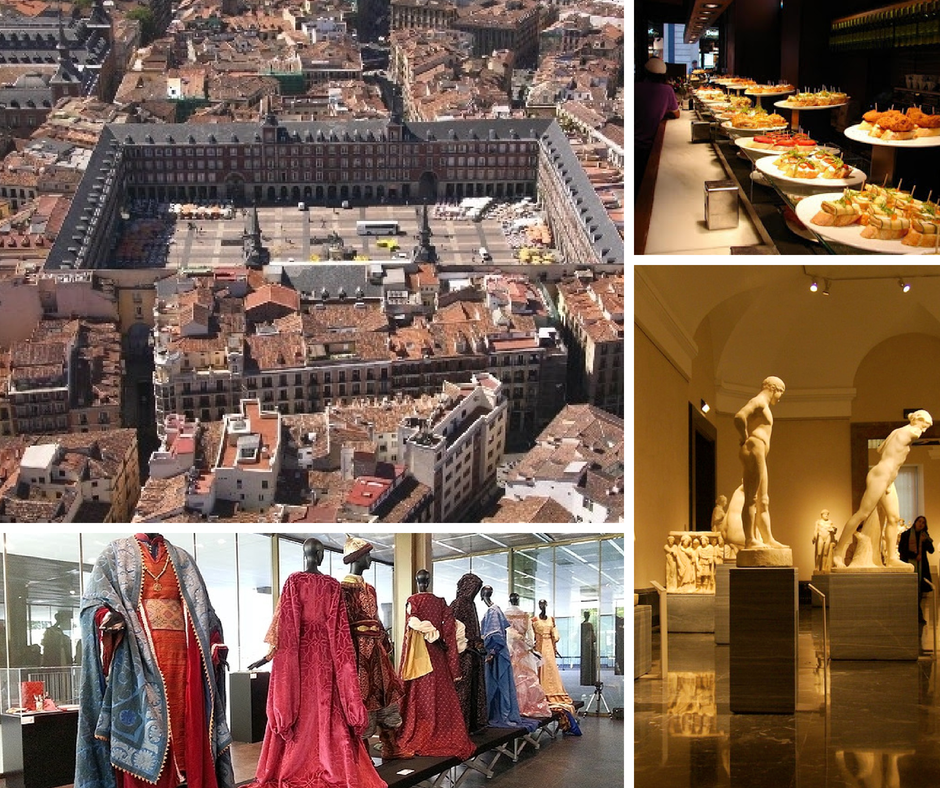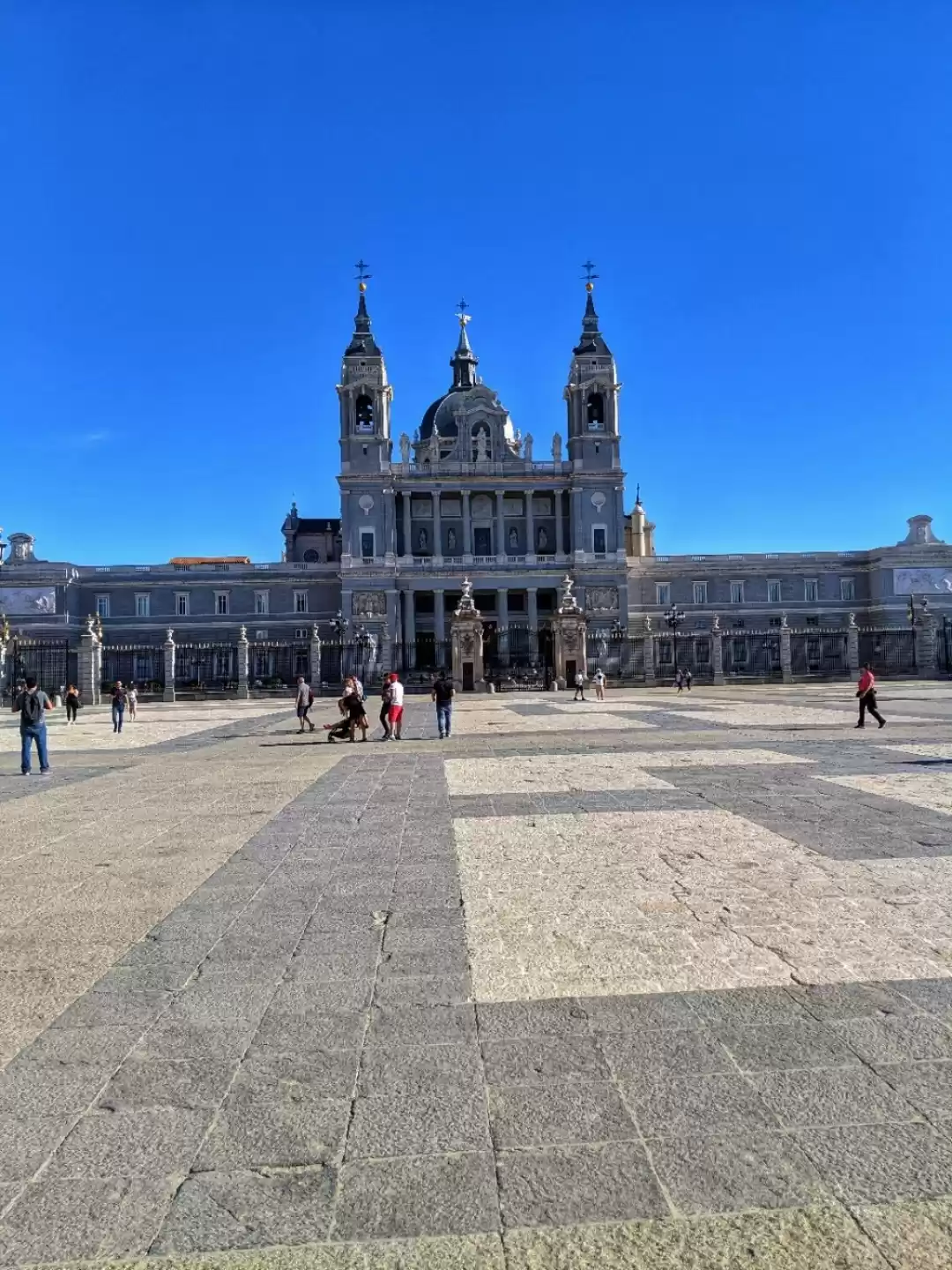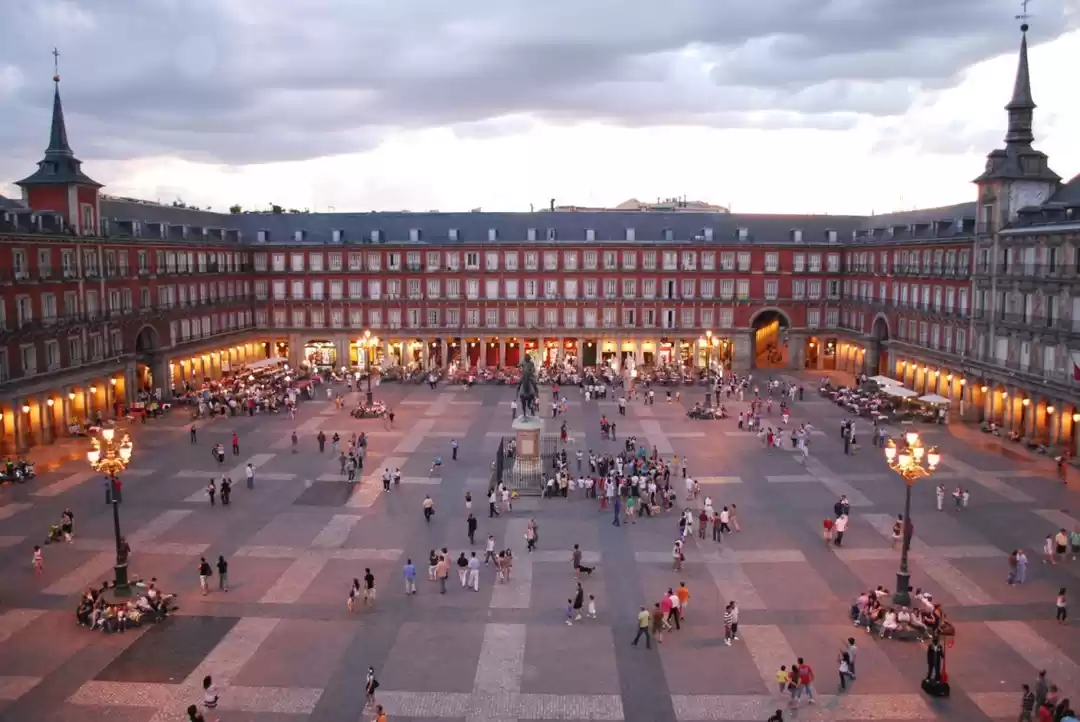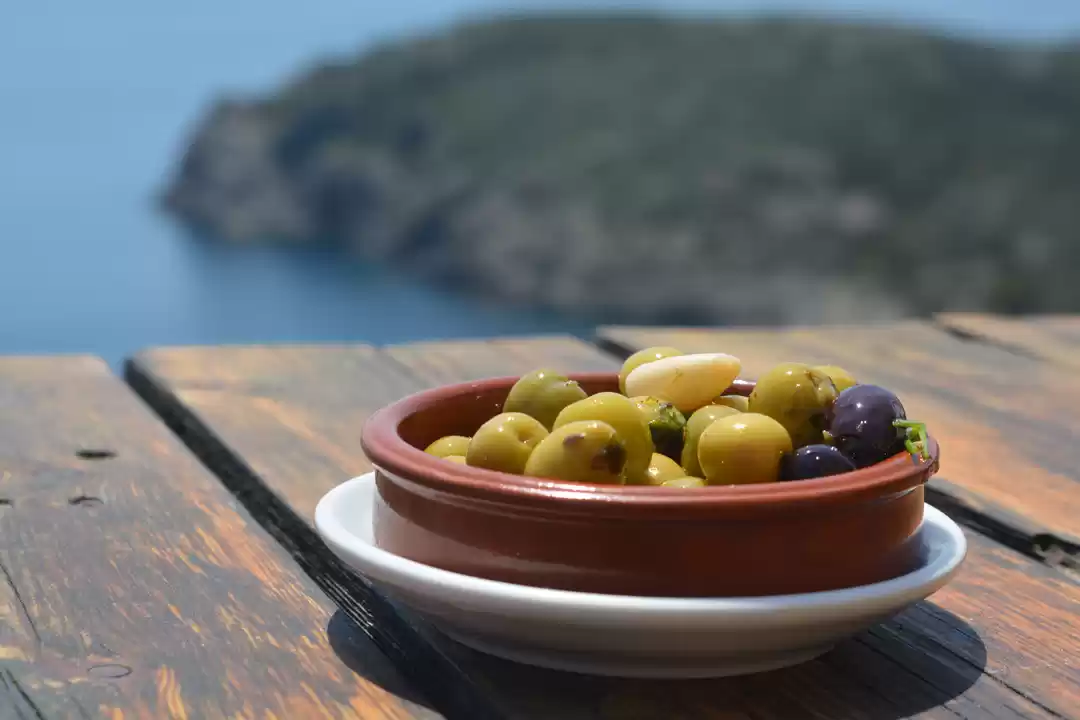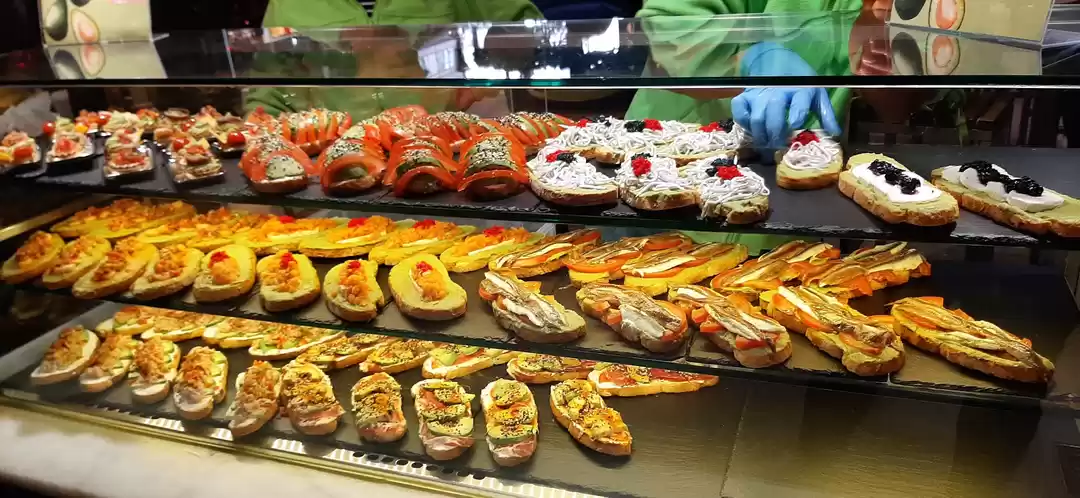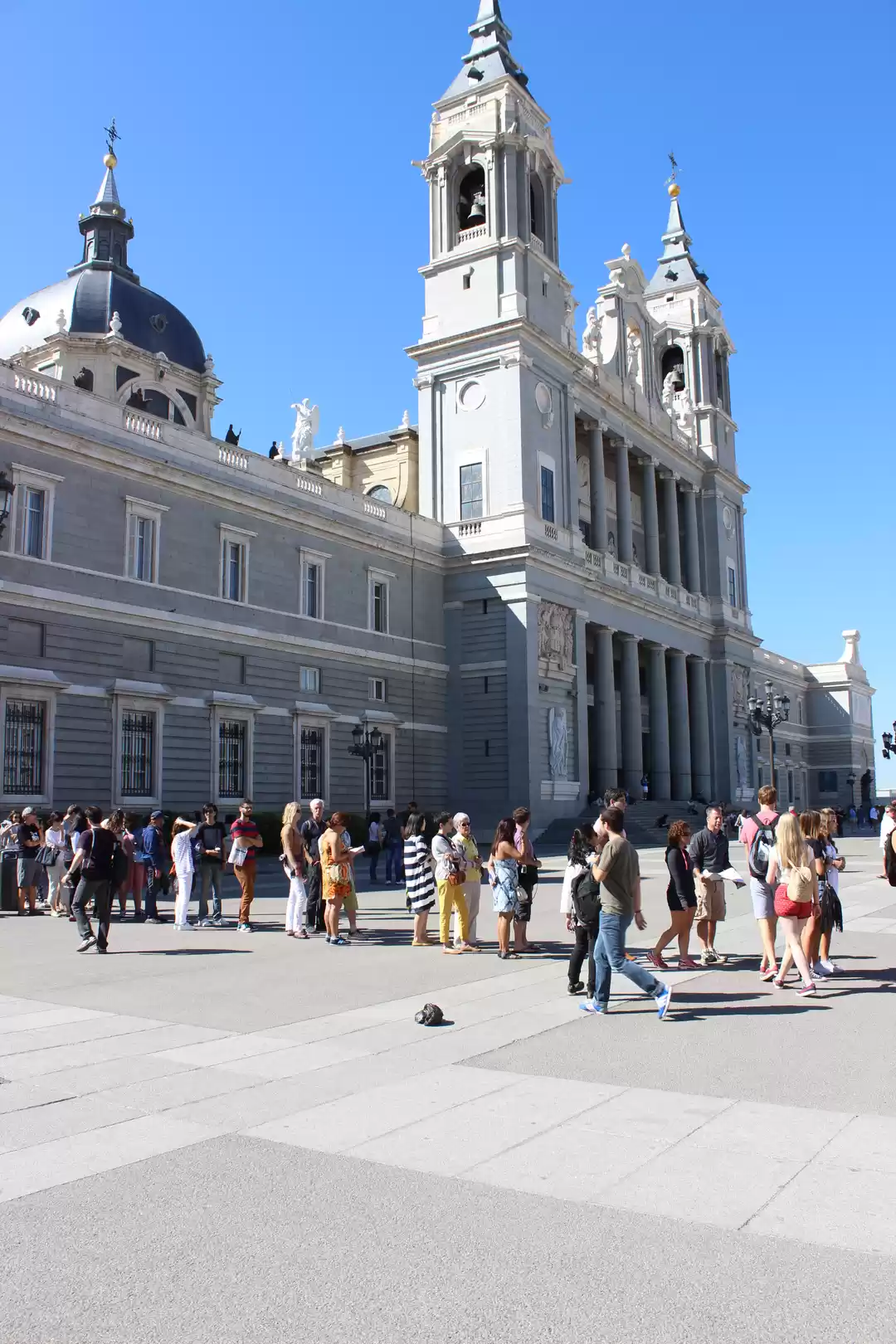






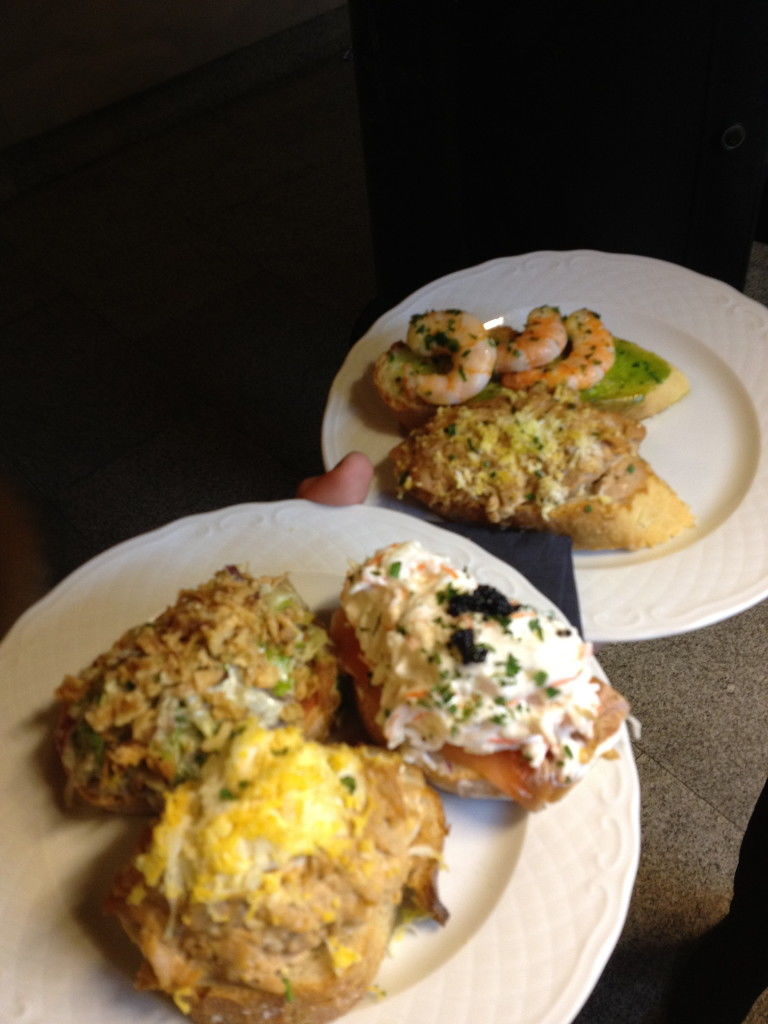


Some advice before going to Madrid, from how to avoid getting your pocket picked to what you can’t leave without eating.
Like many university students, I made the best decision of my life when I chose to spend a semester studying abroad. Madrid presented me with an adventure everyday. From practicing my Spanish to trying different food and exploring a new city, to fitting myself and my habits into the molds and customs of a fascinatingly foreign culture, I enjoyed allowing myself to be swept into the tide of Madrid, a city that is both Euro-chic and very old, with a sort of royal grandeur backed up by centuries of Spain’s role as a major world power.
At the end of my studies, I jotted down a few tips that I would pass on to friends who were looking to tour the city themselves. Here are my general impressions of what you should know before you go to Madrid.
Tips:
1) Guys, keep your wallet and valuables in your front pockets. Ladies, wear a small messenger bag for your passport, money, lipstick, whatever. Keep that thing on lock down. I don’t want to see it creeping to the side of your hip, and then behind you, because youwill have your pocket picked. Man, woman, young, old, the Madrid pick-pocketer is a pro. Stay away from the doors on the metro, anyone in a suit, and anyone reading a big spread out newspaper. And don’t even think about wearing a stupid fanny pack. You better look fresh if you don’t want all the Madrileñas snickering about how stupid you look in that throaty, mouth-full-of-spit-and-cigarette-smoke way of theirs.
2) Wear comfy shoes. Madrid is a walking city, so why hide underground in the metro when you can take in the sites as you take in the sites? Also, again, ladies, unless you want to roll your ankle, find some cute wedge heels to wear out to the clubs. This city is old and full of cobblestones. A stiletto heel will be your downfall, literally.
3) I shouldn’t have to tell you this, but try not to act too touristy and attract unwanted attention. Try to blend in, or you will be harassed often. When my Irish friend came to visit from Dublin, I had to protect her from a pickpocketer before we even made it to the hostel from the airport, and on our walk to the hostel from the metro, a group of men tried to put a scarf on her. Don’t ask me why, the point is she stuck out like a sore thumb and people took notice.
4) “Chinos” are like bodegas, or corner stores, run by Chinese immigrants. Yes, it’s a little racist to identify the stores by the race of people running them, but Madrid is a little racist. Chinos are mostly open all night and will sell you all the munchies and wine/liquor that your heart desires. While some stop serving liquor at a certain time at night, most are just trying to get money, so you shouldn’t have a problem buying a bottle whenever the spirit takes you.
5) While you’re in Madrid, there are a few things you can’t leave without tasting. Any bar/restaurant will have these staples: Spanish tortilla (like a potato omelette), Jamón Serrano (salty cured ham), vino tinto (red wine), croquetas (omg so good), paella (you should know what this is), patatas bravas (potatoes with a red sauce), etc.
6) Bocadillo means sandwich. Eat this often. 100 Montaditos is a chain with many bocadillos. Most common is Bocadillo de Jamón Serrano, and it will be your whole loaf of bread and butter, or should I say, bread and ham because there aren’t many other fixings on a Spanish sandwich.
7) There will be promoters everywhere trying to entice you into their bar/club with free shots (chupitos) or free mojitos and sangria. Don’t, as I once did, go to each place, take your free drink, and leave. The drinks they give you for free are sugary and awful and will result in the worst hangover of your life. I’m talking opening the door of the cab at a red light and only managing to say, “Lo siento, señor,” before you vomit onto the street.
8) With the castellano accent, or Spanish accent, C’s and Z’s are pronounced with a lisp, not S’s. If you’re trying to sound like a local, make sure to put your tongue between your teeth when saying “Grathias,” not “Adioth.”
9) You will see many statues and sigils of a bear on its hind legs next to a tree. This is Madrid’s Coat of Arms, and its origins date back as far as or even farther than 1212, when the council of Madrid hailed a flag of a bear to identify themselves when they arrived in support of the Christian King Alfonso VIII of Castille during the battle of Las Navas de Tolosa against the Almohads. The strawberry tree came into the picture later.
10) Tapas are not just small plates of food that you order to share, as American Spanish restaurants and other “tapas bars” would have you believe. Tapas are the free swag that comes with your alcoholic beverage at any bar/restaurant in Madrid. Some places offer some great free food, like croquettes and paella. Others only offer pickled onions or olives or potato chips. You can, of course, order off the menu if you want a little extra. The point is, eating with your drink is something I got used to very quickly and still take part in today. According to the tour guide of a tapas tour I went on, it’s some sort of a law in Spain that you must serve food with drink. Legend has it that this king was very sick and got better by drinking a little wine and then eating a little food, repeatedly. At the same time, the peasants would come into town and spend any extra money they had on wine, getting absolutely hammered, and bringing down production. So, the king decreed that every tavern must serve food with drinks so the farmers don’t get too drunk and stay healthy.
As you can imagine, tavern keeps probably didn’t like giving out free food. In an attempt to cheat the system, they would pour all their old wine and liquor together with some fruit and other stuff and call it Sangria. That’s right. Your favorite white girl cocktail is actually just jungle juice. But I digress. The reason tapas are called “tapas” is that some other king was at the beach once drinking beer and someone put a piece of ham over his glass to keep the sand out. He absentmindedly ate the ham, enjoyed it, and asked if someone would bring him another one of those “tapas” or “tops.” Well there you go. There’s your history for the day.
11) El Prado, the national art museum, has free admission Tuesday through Saturday from 6 to 8 pm and on Sunday from 5 to 8 pm, but the lines are long, so get there early.
12) Don’t rush. Relax and enjoy yourself, because that’s how the locals do it. You won’t be eating lunch until around 4pm and dinner isn’t served until around 10 pm, so if you need a small snack in the in between hours, sit down and have a beer or a glass of wine and enjoy whatever free plate of food comes with it, whether it be potato chips and olives or small tortilla bites.
This post was originally published on Woman Wanders.



